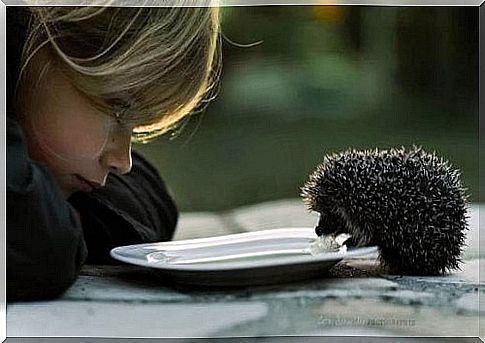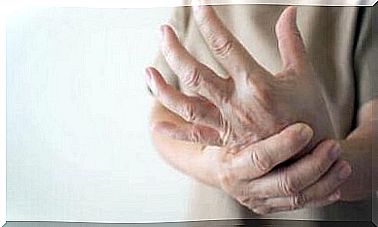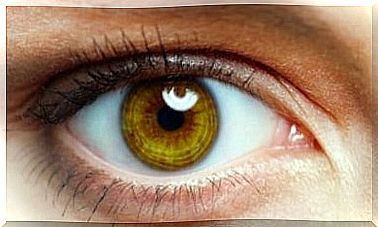Kindness Is Good For The Brain
It is not easy to describe kindness. The word has to do with empathy and solidarity. But it is not limited to these descriptions. It’s not just a character trait, it’s a human value. Kindness is animated and enriched by an ethical decision. That means it’s more than a fortune.
In the dictionary, kindness is defined as the tendency to do good. The problem is that ‘good’ is a relative concept. A more accurate definition is that kindness is the ability to feel compassion. In other words, you feel the suffering of the other as if it were your own, and you try to solve it.
This lovely virtue is not limited to other people. We are also friendly to other living beings. It can even apply to things that are not alive. You could interpret it as the desire to keep something as it is. That means that we can also show kindness to a painting or to a stone in the road.
Which zone in the brain regulates kindness?
A group of scientists from the University of Oxford and the University College of London have identified an area of the brain apparently linked to kindness. Dr. Patricia Lockwood was in charge of the investigation. She worked with a group of volunteers. The participants were asked which symbols were positive for themselves and which for other people.

While the volunteers carried out their assignment, their brains were observed by means of an MRI. During the experiment, the study subjects were encouraged to think about how the symbols could help other people and give them a value. They had to determine whether each symbol only worked for themselves or if it was useful to others as well.
When each volunteer discovered how the symbol could help others, only one area of the brain was activated. This zone is called the anterior cingulate cortex. Of course, kindness is not just a matter of a function in the brain. We must remember that this amazing organ has an incredible plasticity. Its function takes shape as a result of experiences and behaviour.
Kindness is good for the brain
Neuropsychologist Richard Davidson conducted a study at the University of Wisconsin after a trip to India. In 1992 he met the Dalai Lama. He asked him a question that made quite an impression: “I admire your work, but I think you are very focused on stress, anxiety and depression. Have you never thought of focusing your neuroscientific research on kindness, tenderness, and compassion?”

Richard Davidson has conducted a series of studies related to this question. For example, he has shown that some structures in the brain can change in just two hours. A calm mind produces general well-being. And to have a calm mind all you need to do is meditate for a few hours. This was scientifically measured in the laboratory.
Similarly, he found that the neuronal connections of empathy are not the same as those of compassion. To come to compassion (yet another kind of kindness), you must take the path of sensitivity, sympathy, and empathy. At the highest level you reach compassion. Compassion is a step beyond the ability to perceive, feel, and understand the suffering of the other person. It implies a call to action when you notice that another is suffering.
Kindness affects our lives in many ways
Davidson also found that kindness and tenderness increased well-being in various areas of life. In a study of children and adolescents, several cerebral changes were documented as scientists taught them to be more compassionate and tender. They all showed improvements in school and better health. The ability to be compassionate can be learned. Kindness is a result of a deliberate effort to improve our inner self.










